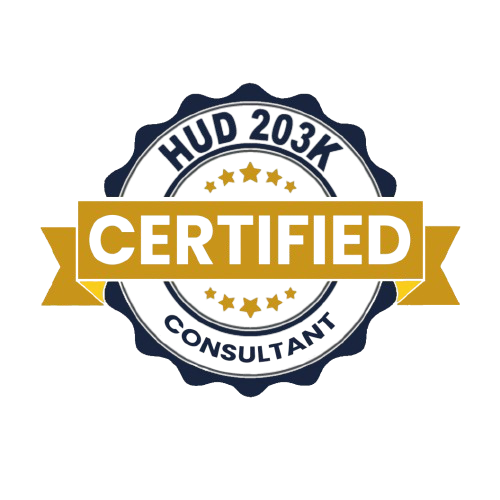Dealing with Loose Fiber Cement Siding: Tips for Homeowners
Introduction: Fiber cement siding is a popular choice among homeowners due to its durability, low maintenance, and aesthetic appeal. However, one common issue that homeowners may encounter is loose fiber cement siding. In this blog post, we’ll explore the causes of loose fiber cement siding and provide tips on how to address this issue effectively.
Causes of Loose Fiber Cement Siding:
- Improper Installation: Loose fiber cement siding can often be traced back to improper installation. If the siding was not installed correctly or if the fasteners were not properly secured, it can result in loose panels that are susceptible to movement and damage.
- Moisture Damage: Exposure to moisture over time can weaken the bond between the fiber cement siding panels and the underlying structure, leading to loosening of the siding. This can occur due to inadequate waterproofing, poor drainage, or excessive moisture infiltration behind the siding.
- Thermal Expansion and Contraction: Fiber cement siding can expand and contract with changes in temperature, particularly in regions with extreme climate variations. Over time, this thermal cycling can cause the siding to loosen from its fasteners or shift out of alignment.
Tips for Addressing Loose Fiber Cement Siding:
- Inspection: Begin by inspecting the loose siding panels to determine the extent of the damage and the underlying cause. Look for signs of moisture damage, missing or damaged fasteners, or gaps between the siding and the structure.
- Secure Loose Panels: If the siding panels are only slightly loose, you may be able to resecure them using corrosion-resistant siding nails or screws. Be sure to follow manufacturer recommendations for fastener placement and spacing.
- Replace Damaged Panels: In cases where the fiber cement siding panels are significantly damaged or beyond repair, replacement may be necessary. Remove the damaged panels carefully, taking care not to cause further damage to surrounding areas, and install new panels according to manufacturer guidelines.
- Address Moisture Issues: To prevent future instances of loose fiber cement siding, it’s essential to address any underlying moisture issues. Ensure that the siding is properly flashed and sealed around windows, doors, and other penetrations to prevent water infiltration.
- Consult a Professional: If you’re unsure how to address loose fiber cement siding or if the damage is extensive, it’s best to consult a qualified contractor or siding specialist. They can provide expert guidance and assistance in repairing or replacing the siding as needed.
Conclusion: Loose fiber cement siding can detract from the appearance and integrity of your home’s exterior, but with the right approach, it can be effectively addressed. By identifying the underlying cause and taking appropriate corrective measures, you can restore your siding’s stability and prolong its lifespan. If you’re unsure how to proceed, don’t hesitate to seek professional assistance to ensure the job is done right.




